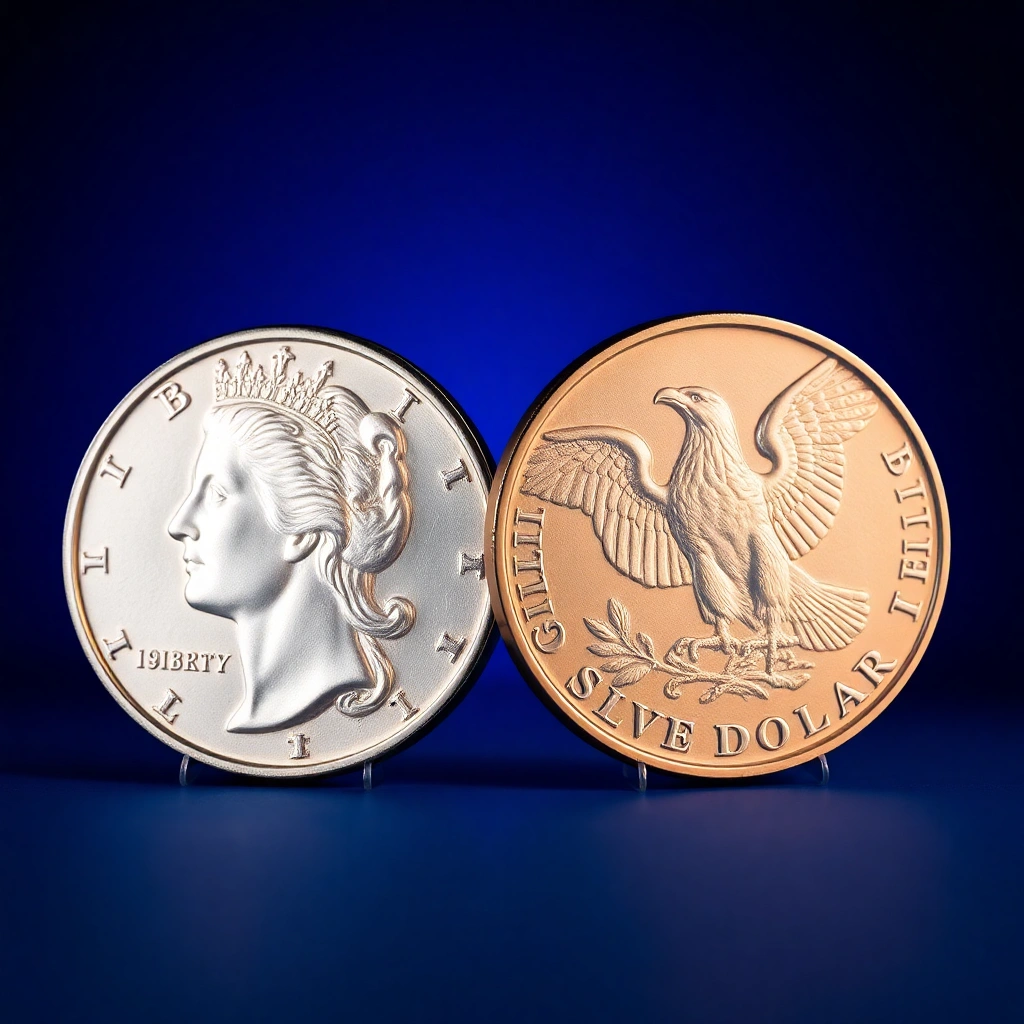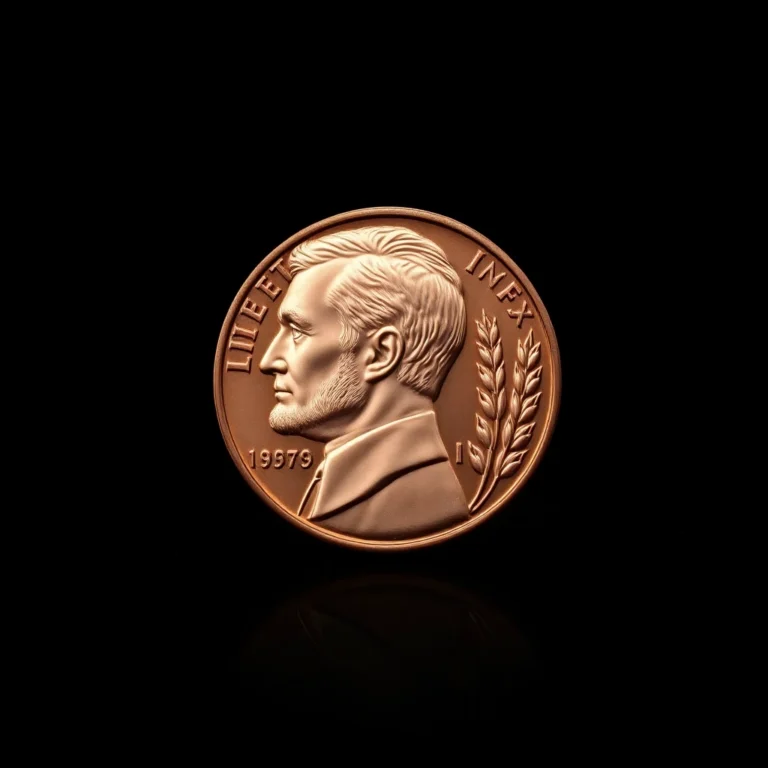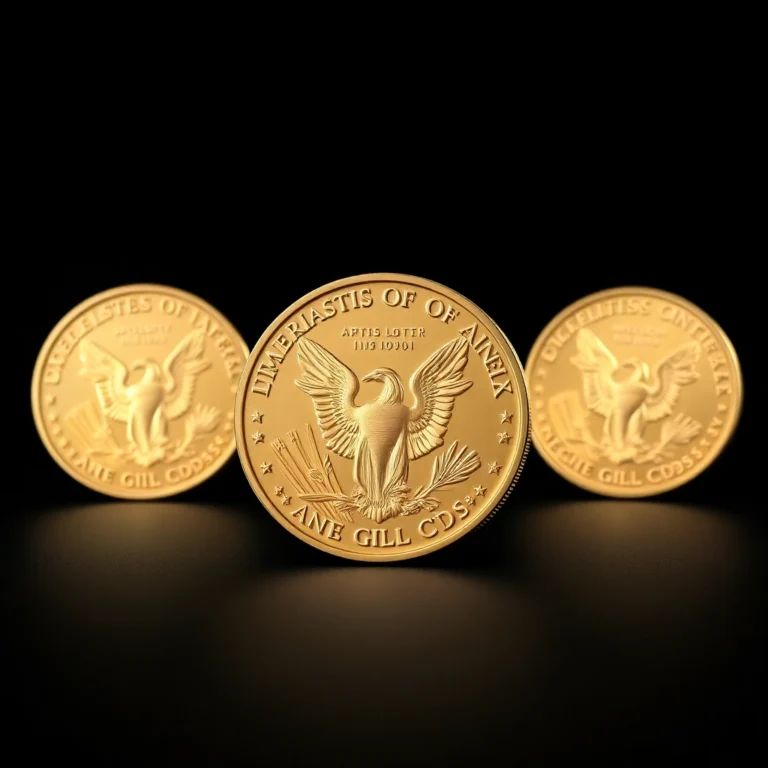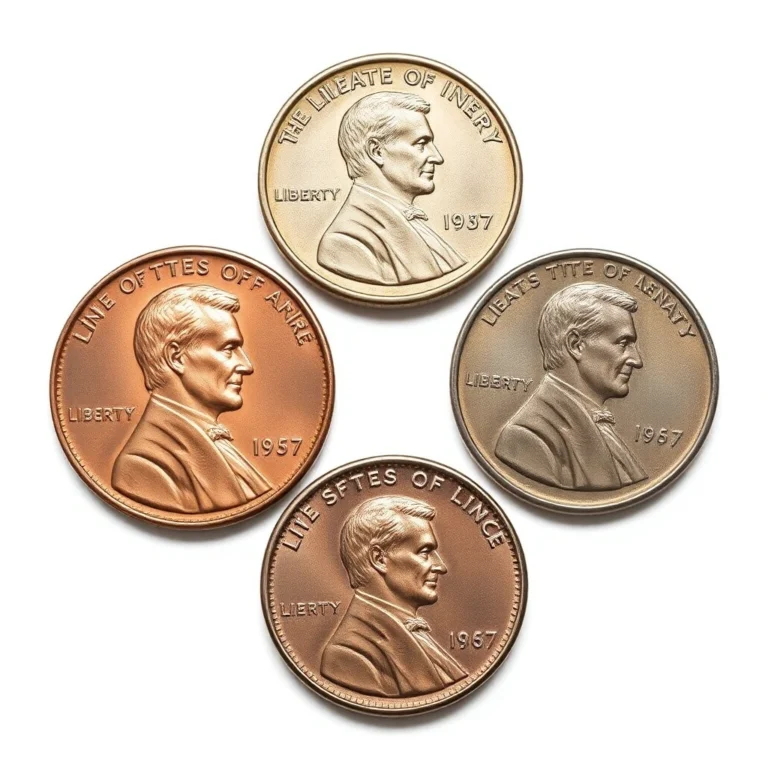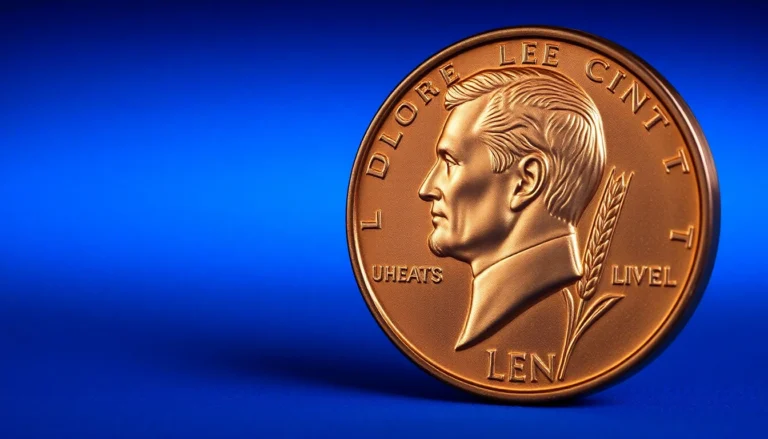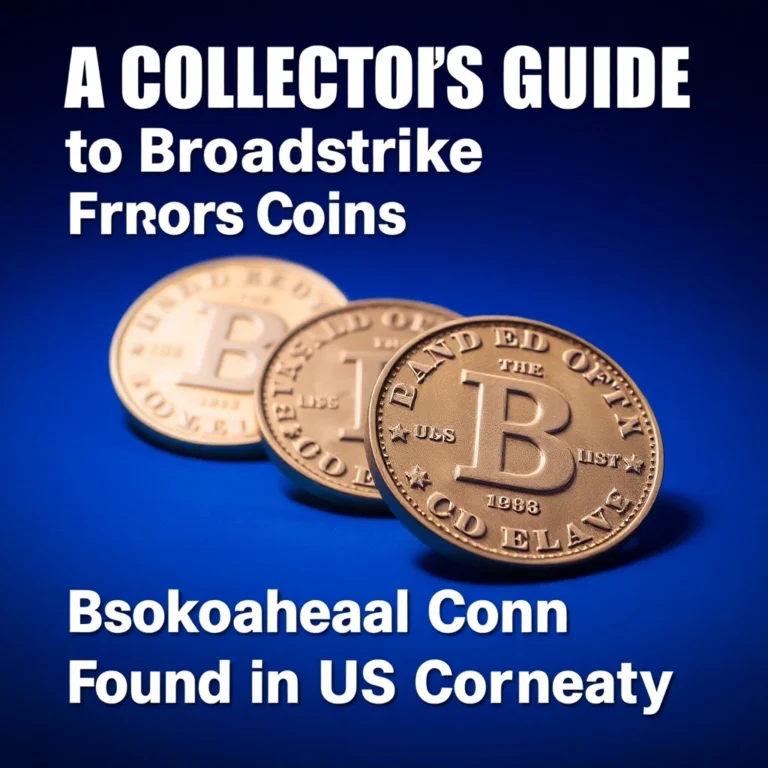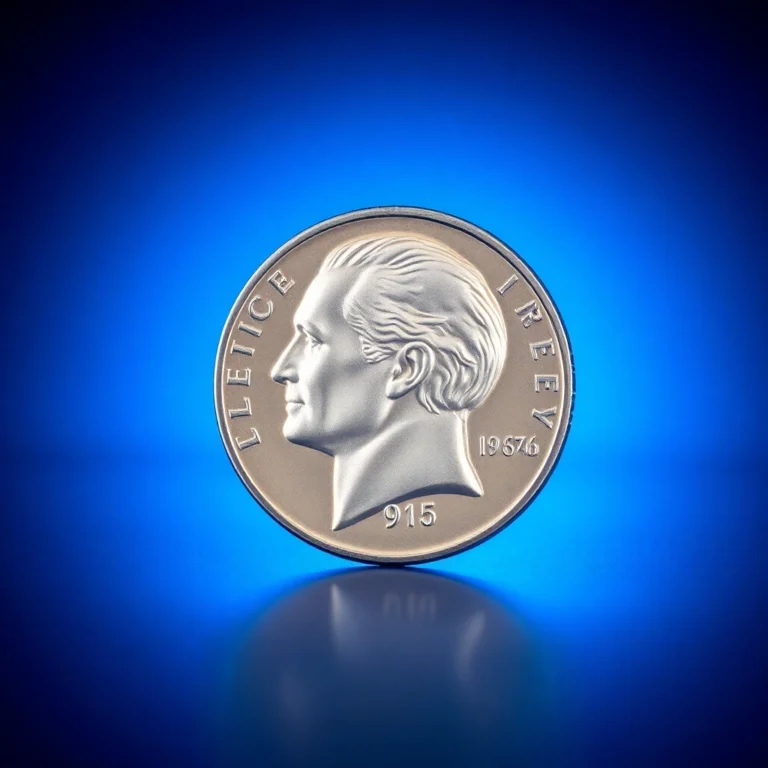In the world of numismatics, few coins capture the imagination quite like the Peace Dollar. Introduced in the wake of World War I, this silver dollar stands as a testament to America’s aspirations for harmony and prosperity. Its evocative design, featuring Lady Liberty with a radiant crown, has enamored collectors for nearly a century. But what is it about the Peace Dollar that makes it an enduring favorite among enthusiasts?
Beyond its aesthetic appeal, the Peace Dollar holds historical significance, representing the hope for a peaceful future after a tumultuous era. For collectors, this coin offers more than just silver content; it’s a tangible piece of history that speaks to a nation’s past dreams and ambitions. In this article, you’ll delve into the intriguing origins of the Peace Dollar, understand its role in American history, and discover why it remains a must-have for any serious collection.
Whether you’re a seasoned collector or a curious newcomer, uncover the nuances that contribute to the Peace Dollar’s allure and learn about the rarest issues that can greatly enhance the value of your collection. Prepare to embark on a journey through time, where the intersection of beauty, history, and rarity awaits.
The Fascinating History Behind Peace Dollars and Why Their Popularity Endures
The Peace Dollar, a striking symbol of hope and recovery following World War I, has captivated coin collectors for nearly a century. First minted in 1921, the Peace Dollar commemorates the end of the Great War and the beginning of a new era of peace. Its unique design and historical significance make it a favorite among numismatists today.
Historical Background and Significance
The Peace Dollar was conceived as a commemorative piece to celebrate the peace following World War I. The U.S. Mint initiated its creation in response to the Pittman Act, which required the conversion of millions of silver dollars into bullion. Designed by Anthony de Francisci, the first Peace Dollars were struck in December 1921, with their release marking the culmination of a year-long effort to create a symbol of peace and prosperity. The coin’s design was selected through a public competition, reflecting the ideals and aspirations of post-war America.
Physical Characteristics and Design
Peace Dollars are composed of 90% silver and 10% copper, with a diameter of 38.1 mm and a weight of 26.73 grams. The obverse features Lady Liberty in profile, adorned with a radiant crown, symbolizing freedom and peace. The reverse showcases a majestic bald eagle perched on a rock, clutching an olive branch with the word “PEACE” inscribed below. The year 1921 saw a high-relief design, which was modified to a lower relief in 1922 for better minting efficiency.
Mintage Figures and Rarity
The Peace Dollar was minted from 1921 to 1928 and then again in 1934 and 1935. The mintage figures vary, with some years being more common than others. The 1921 high-relief coins are particularly prized for their detail and lower production numbers.
Known Varieties and Errors
Collectors often seek out certain varieties and errors that add intrigue and value to Peace Dollars. Notable varieties include the 1922 “High Relief” and the 1934-D “Doubled Die Obverse.” Errors such as die cracks, off-center strikes, and minting anomalies also attract attention from enthusiasts.
Value Information
| Grade | Value Range |
|---|---|
| Good (G-4) | $30-$45 |
| Very Good (VG-8) | $35-$50 |
| Fine (F-12) | $40-$60 |
| Very Fine (VF-20) | $50-$75 |
| Extremely Fine (EF-40) | $60-$100 |
| About Uncirculated (AU-50) | $100-$150 |
| Mint State (MS-60) | $150-$250 |
| Gem Mint State (MS-65) | $300-$600 |
Authentication Tips
Given their popularity, Peace Dollars are sometimes counterfeited. To authenticate, examine the coin’s weight and dimensions, as these are often incorrect in fakes. Look for the fine details in Liberty’s hair and the eagle’s feathers, which are typically less defined in counterfeits. A professional grading service can provide definitive authentication.
Expert Collecting Advice
When collecting Peace Dollars, consider focusing on key dates and mint marks, such as the 1921 high-relief and the 1928 Philadelphia mint issue, which are among the most sought-after. Building a complete set can be a rewarding challenge, offering a glimpse into the historical context of each coin’s production.
As we look back at the history of the Peace Dollar, its enduring appeal is clear. Whether you’re a seasoned numism
FAQs
What factors influence the value and grading of Peace Dollars?
The value of Peace Dollars is primarily influenced by their condition, rarity, and demand. Coins are graded on a scale from Poor (P-1) to Mint State (MS-70), with higher grades generally fetching higher prices. Key factors in grading include luster, strike quality, and the presence of any wear or damage. Coins with rare mint marks or those from low mintage years, such as the 1928 Peace Dollar, are particularly valuable to collectors.
How can I authenticate a Peace Dollar?
Authenticating a Peace Dollar involves examining the coin’s weight, diameter, and metal composition, as genuine ones are made of 90% silver and 10% copper, weighing approximately 26.73 grams with a diameter of 38.1 mm. Look for sharp, clear details in the design, and be cautious of overly smooth surfaces or poor strike quality, which might indicate a counterfeit. Consulting a professional numismatist or using a reputable coin grading service can also provide assurance of authenticity.
What advice would you give to someone starting a Peace Dollar collection?
New collectors should begin by familiarizing themselves with the different mints and years of the Peace Dollar series, starting with more common dates to build confidence. Focus on acquiring coins in the best condition possible within your budget, and consider specializing in a particular aspect, such as collecting by year or mint mark. Join numismatic clubs or online forums to gain insights and connect with fellow collectors.
Why is the historical significance of Peace Dollars important to collectors?
Peace Dollars hold immense historical significance as they were minted to commemorate the end of World War I and symbolize peace. Designed by Anthony de Francisci, the coin features a striking image of Lady Liberty and a bald eagle, embodying the nation’s ideals during the post-war era. This historical context, along with their relatively limited mintage period from 1921 to 1935, adds to their allure and enduring popularity among collectors.
What are some common varieties or errors found in Peace Dollars?
Peace Dollars have several notable varieties and errors that intrigue collectors. Among them are the 1922 high-relief coins, which were a continuation from the initial design but later altered due to minting difficulties. Other sought-after varieties include the 1934-D “Doubled Die Obverse” and the 1928-S with a weak reverse strike. These varieties not only add interest to collections but can also increase a coin’s value significantly.
